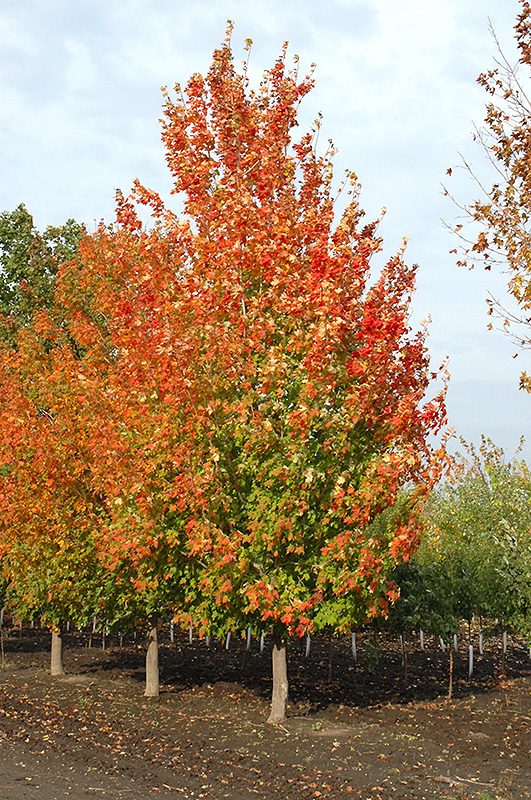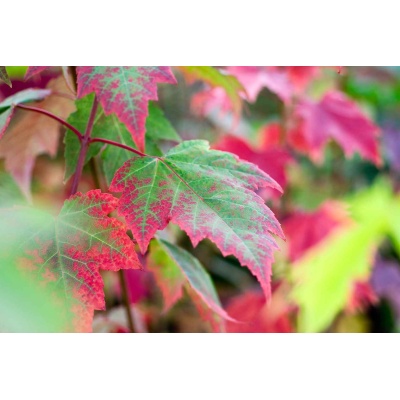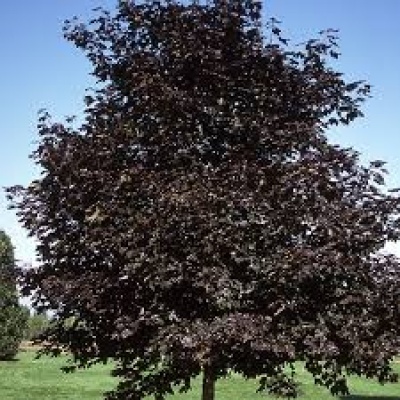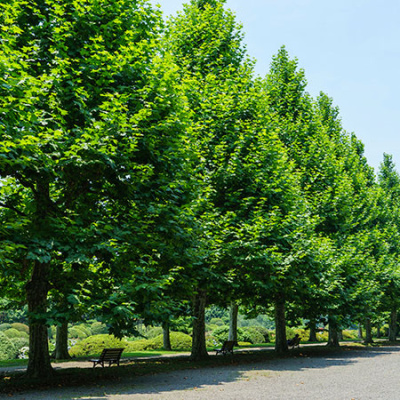Description
 Acer saccharum ‘Jeferno’
Acer saccharum ‘Jeferno’
Inferno™ Sugar Maple
A cold hardy selection of Canada’s national tree with dark green leaves that turn a fiery orange-red in the fall. This maple is less particular about soil pH than other varieties, but it prefers rich, well drained soil and a sheltered location. With an overall ascending habit Inferno™ is relatively low maintenance. Jeffries Nurseries introduction. (®CA)
Height: 30-40′
Spread: 20-25′
Shape: Upright, oval
Exposure: Full Sun
Foliage: Dark green
Fall Foliage: Orange, red and yellow
Zone: 3-8




Reviews
There are no reviews yet.